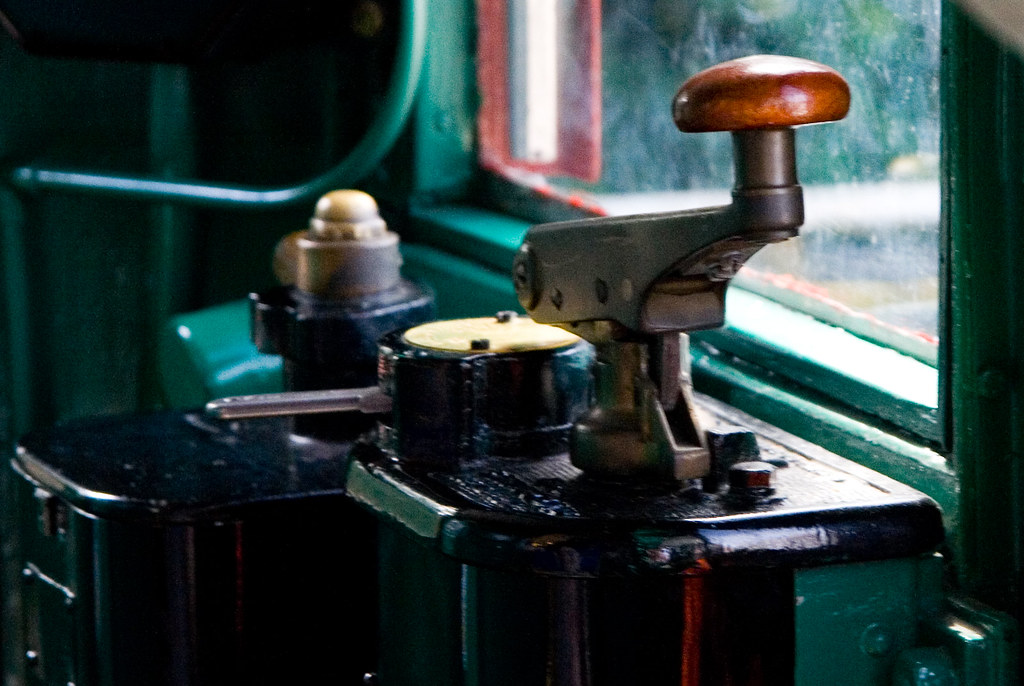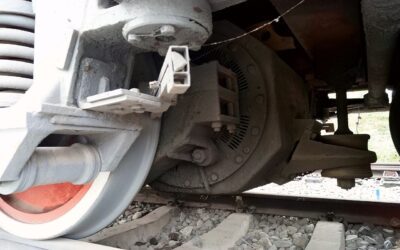Trains are a crucial mode of transportation, carrying millions of passengers and tons of cargo every day. However, they are also complex and heavy machines that pose significant risks if not operated properly. To mitigate these risks, trains are equipped with a variety of safety features, one of which is the dead man’s handle.
A dead man’s handle, also known as a dead man’s switch, is a safety device that is used in trains to ensure the safety of passengers and crew members. It is essentially a button or lever that the train operator must continuously hold down while the train is in motion. If the operator lets go of the handle for any reason, such as a medical emergency or loss of consciousness, the train’s brakes are automatically applied and the train comes to a stop. This safety feature is designed to prevent accidents and protect people from harm in the event of an emergency.
The history of dead man’s handle in trains dates back to the early days of rail transportation. As trains became more powerful and faster, there was an increased need for a reliable and foolproof way to stop them in case of an emergency. The dead man’s handle was one of the first safety devices introduced for this purpose, and it has been a standard feature in trains for over a century.
Dead man’s handles are not only used in trains but are also a common feature in other heavy machinery and equipment that pose potential risks to operators and other individuals. They work by continuously monitoring the operator’s actions and automatically activating emergency procedures if the operator becomes incapacitated. This fail-safe mechanism provides an extra layer of protection and helps to prevent accidents from occurring.
The use of dead man’s handles in trains has significantly improved rail safety over the years. In the past, trains could only be stopped by applying the brakes manually, which required a lot of effort and skill from the operator. With the introduction of dead man’s handles, train operators now have a simple and reliable way to stop the train in case of an emergency. This has reduced the number of accidents and has made rail transportation safer for everyone.
In conclusion, the dead man’s handle is a vital safety feature in trains and has been instrumental in improving rail safety. It provides a simple and reliable way to stop the train in case of an emergency, protecting passengers and crew members from harm. As technology continues to advance, it is likely that dead man’s handles will become even more advanced and sophisticated, further enhancing rail safety and reducing the risk of accidents.





Hello , can you send me the reference of this content ??
Content are prepared by the team from various video lectures and notes.